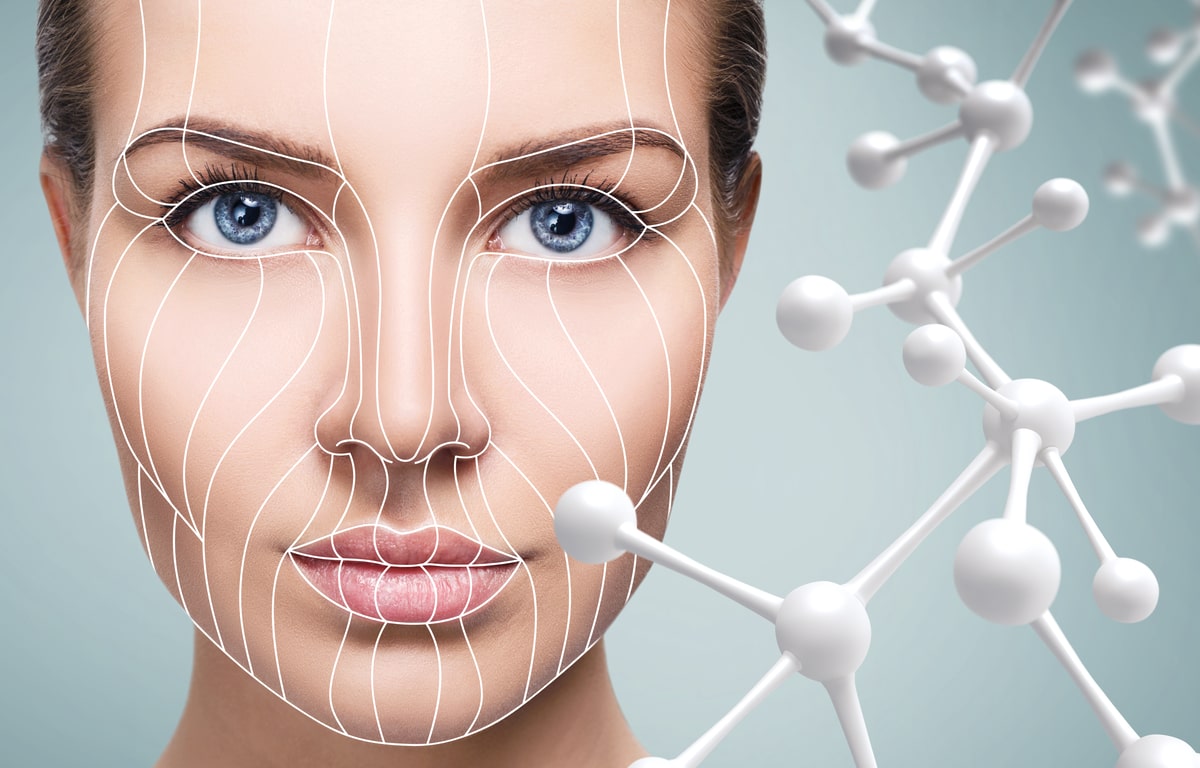Hey, have you ever looked in the mirror and just felt frustrated with your skin? I mean, I’ve been there more times than I can count. For years, I thought skincare was all about slapping on some lotion and hoping for the best. Spoiler alert: it’s way more complicated than that. But through a lot of trial and error (and some embarrassing breakouts), I’ve learned a few things about protecting and improving your skin’s health — stuff I wish someone had told me earlier.
Let me walk you through what really worked for me, the mistakes I made, and some practical tips that might save your skin from a meltdown.
Why Dermatological Health Is More Than Skin Deep

Okay talking about Dermatological, first off — skin isn’t just some surface thing. It’s your body’s largest organ, and it’s constantly working to protect you from germs, UV rays, and all kinds of environmental nastiness. I used to underestimate how much my lifestyle affected my skin. Like, I thought if I just used the right cream, I’d be golden.
But nope. Turns out, things like stress, diet, and even how much water you drink seriously impact your skin’s health.
One thing I learned the hard way: ignoring sun protection is a recipe for disaster. I used to think, “Eh, it’s cloudy, I don’t need sunscreen.” Fast forward a few years, and I started noticing dark spots and uneven skin tone. Not cool.
So yeah, protecting your skin is the foundation. Sun damage leads to premature aging, wrinkles, and even skin cancer. Trust me, investing in a good broad-spectrum SPF 30 or higher sunscreen is non-negotiable. I carry mine everywhere now — even on gloomy days.
Building a Skincare Routine That Actually Works
Here’s where I totally messed up at first: I bought a million products because I thought more was better. Spoiler: It’s not. Your skin can get overwhelmed and react badly to too many active ingredients. I ended up with redness and irritation because I was mixing acids, retinoids, and exfoliants without a clue.
What finally helped was simplifying. I started with just three basics: a gentle cleanser, a moisturizer, and sunscreen. That was my baseline. From there, I added serums like vitamin C in the morning for brightness and a retinol at night to help with fine lines and texture.
One thing I can’t stress enough: be gentle. I switched to a sulfate-free cleanser that doesn’t strip my skin’s natural oils. Hot water? Nope, lukewarm is the way to go. I used to wash my face with steaming hot water thinking it would clean better, but it just left my skin dry and tight.
Also, moisturizing is key. Even if you have oily skin, skipping moisturizer can backfire because your skin might produce more oil to compensate. I found a lightweight, non-comedogenic moisturizer that keeps my skin balanced without clogging pores.
The Role of Diet and Lifestyle in Skin Health
Okay, real talk — your skin reflects what’s going on inside your body. I remember bg-eating junk food during stressful periods, and my skin would freak out with breakouts. It’s not just a coincidence.
Eating antioxidant-rich foods like berries, leafy greens, and nuts helped me notice a glow that no cream could give me. Omega-3 fatty acids from fish and walnuts also made a difference in reducing inflammation and redness.
Hydration is another biggie. I used to underestimate how much water I needed. Drinking at least 8 glasses a day (sometimes more, depending on activity) really helps keep skin plump and fresh. Plus, it flushes out toxins.
Sleep? Don’t even get me started. Pulling all-nighters or sleeping poorly shows up on your face as dark circles and puffiness. When I started prioritizing 7-8 hours of sleep, my skin started looking way more rested and vibrant.
Dealing With Common Skin Issues: My Personal Struggles
I’ve dealt with acne on and off since forever. It’s frustrating because it’s not just a teen thing — adult acne is real and can be stubborn. For me, I learned that harsh scrubbing or over-exfoliating just made things worse. I switched to salicylic acid-based products that helped clear pores gently without drying me out.
Another struggle was dryness, especially in winter. I used to think oily skin meant I could skip moisturizer, but nope. My skin would flake and feel tight. Adding a richer cream with ceramides and using a humidifier in my room made a huge difference.
Hyperpigmentation was another battle. I had some stubborn dark spots from old acne scars. Vitamin C serums and niacinamide helped fade those spots over time. It wasn’t instant, but consistency paid off.
When to Call in the Pros
Sometimes, no matter how much you try, you need expert advice. I waited way too long before seeing a dermatologist for persistent issues. If you notice sudden changes in moles, unusual rashes, or skin infections, don’t hesitate to get checked out.
Also, if you’re thinking about treatments like chemical peels, laser therapy, or prescription meds, a professional’s guidance is key. I tried OTC stuff for ages before finally getting a prescription retinoid that made a real difference.
Final Thoughts: Your Skin Journey Is Personal
The biggest lesson I’ve learned is that skin care isn’t one-size-fits-all. What works for me might not work for you, and that’s okay. It’s about listening to your skin, being patient, and not getting overwhelmed by all the products and advice out there.
Start simple, protect your skin from the sun, nourish it from the inside, and don’t be afraid to ask for help when you need it. Your skin will thank you for it.
If you’re struggling with your skin, remember: you’re not alone, and it’s totally doable to improve your skin health with some care and patience. Just keep experimenting, learning, and loving the skin you’re in.



